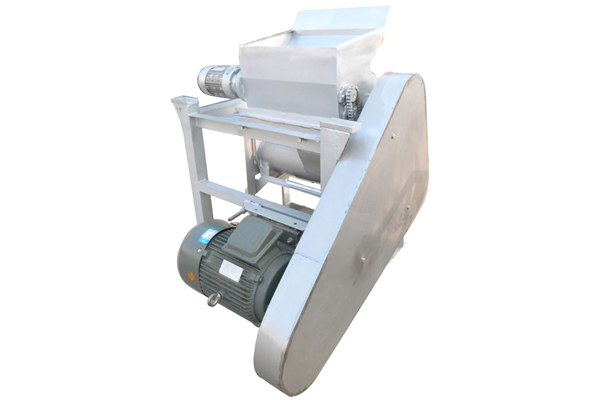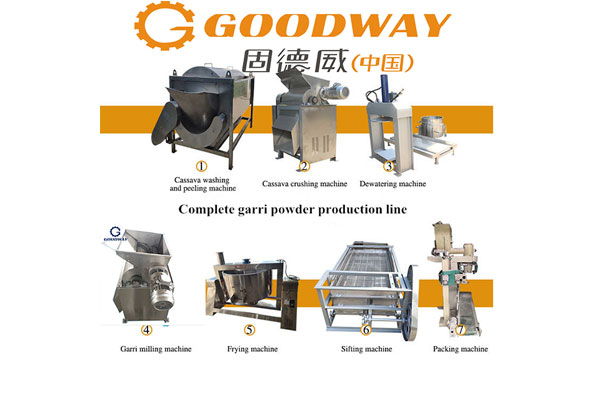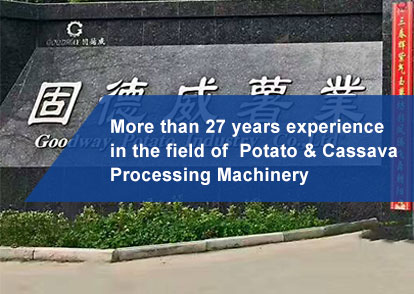In the sweet potato starch processing industry, choosing the right equipment is key to success. Different types of equipment have their unique advantages and disadvantages, and practitioners need to balance them according to their actual situation.
Simple Manual and Semi-Automatic Equipment
Application Scenarios
Mainly suitable for small-scale production scenarios such as family workshops or small processing factories, where the production volume and efficiency requirements are relatively low.
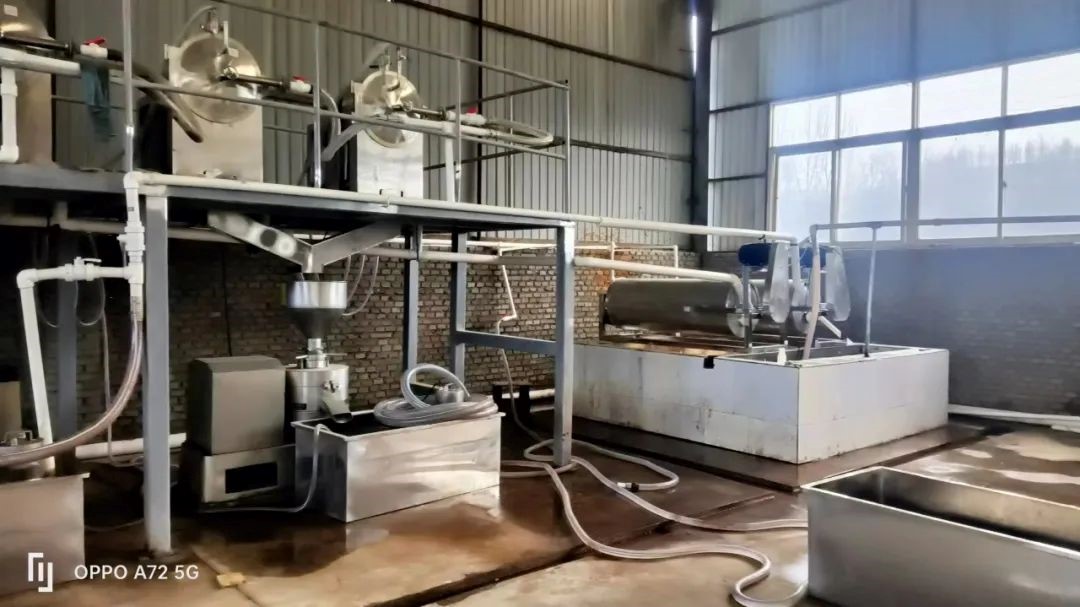
Advantages
Low cost: The equipment is affordably priced with low acquisition costs, making it an economical choice for entrepreneurs with limited funds, effectively reducing initial investment costs.
Simple operation: No need for complex technical training, ordinary people can operate it, making it convenient for daily use and maintenance.
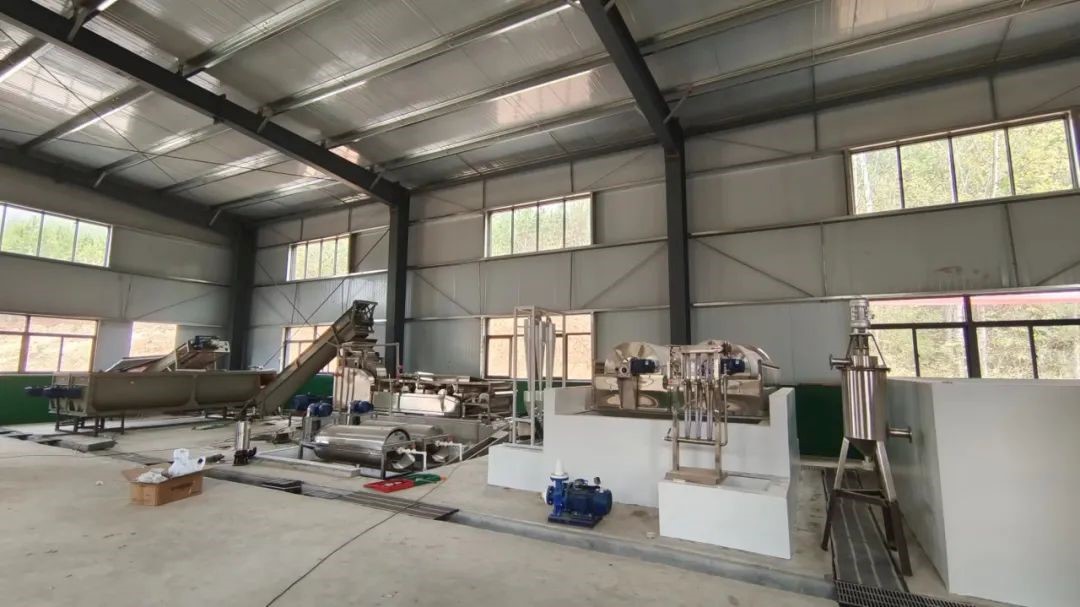
Disadvantages
Low production efficiency: Relies on manual operation, resulting in slow production speed and difficulty meeting large-scale order demands.
Unstable product quality: Significant errors in manual operation cause noticeable fluctuations in starch purity and particle uniformity, making it hard to ensure consistent product quality.
Complete Starch Equipment
Application Scenarios
Suitable for medium and large-scale starch processing enterprises for large-scale and commercial production.
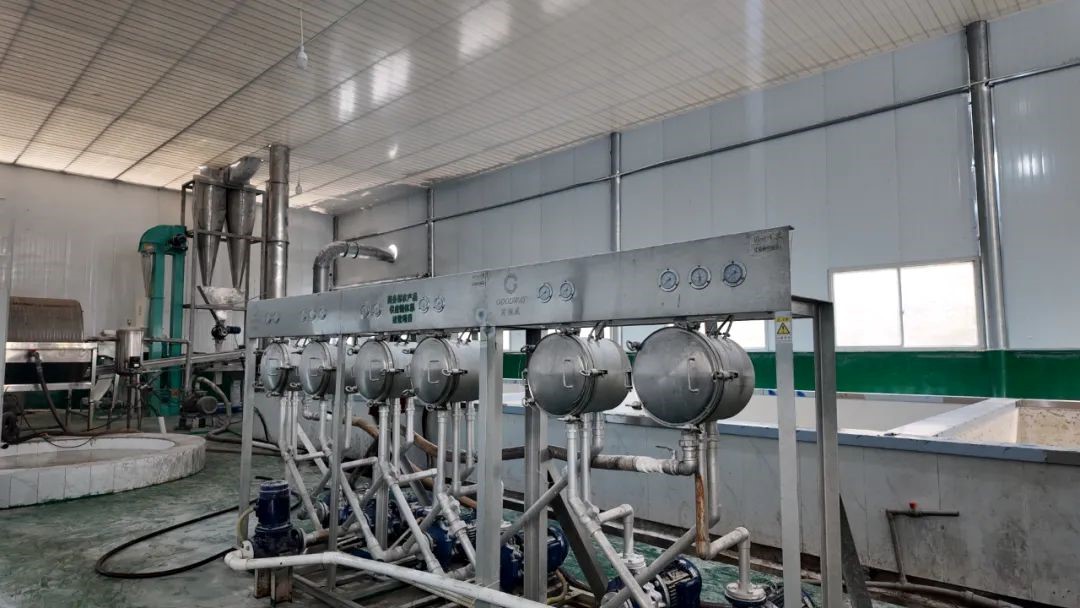
Advantages
High production efficiency: Integrates multiple processes such as cleaning, crushing and screening, filtering and purification, sand and mud removal, cyclone refining, dehydration, and drying into one, achieving mechanized and automated continuous production with high output to meet large-scale market demands.
Stable product quality: By precisely controlling equipment parameters, the quality stability of starch in each processing stage can be effectively ensured, resulting in high-purity, high-quality final products that are easier to enter the high-end market.
Long-term cost advantages: Although the initial equipment acquisition cost is high, in the long run, the benefits brought by high efficiency and high-quality production far exceed the costs. The equipment also has a long service life, with relatively standardized maintenance, leading to lower operational costs.
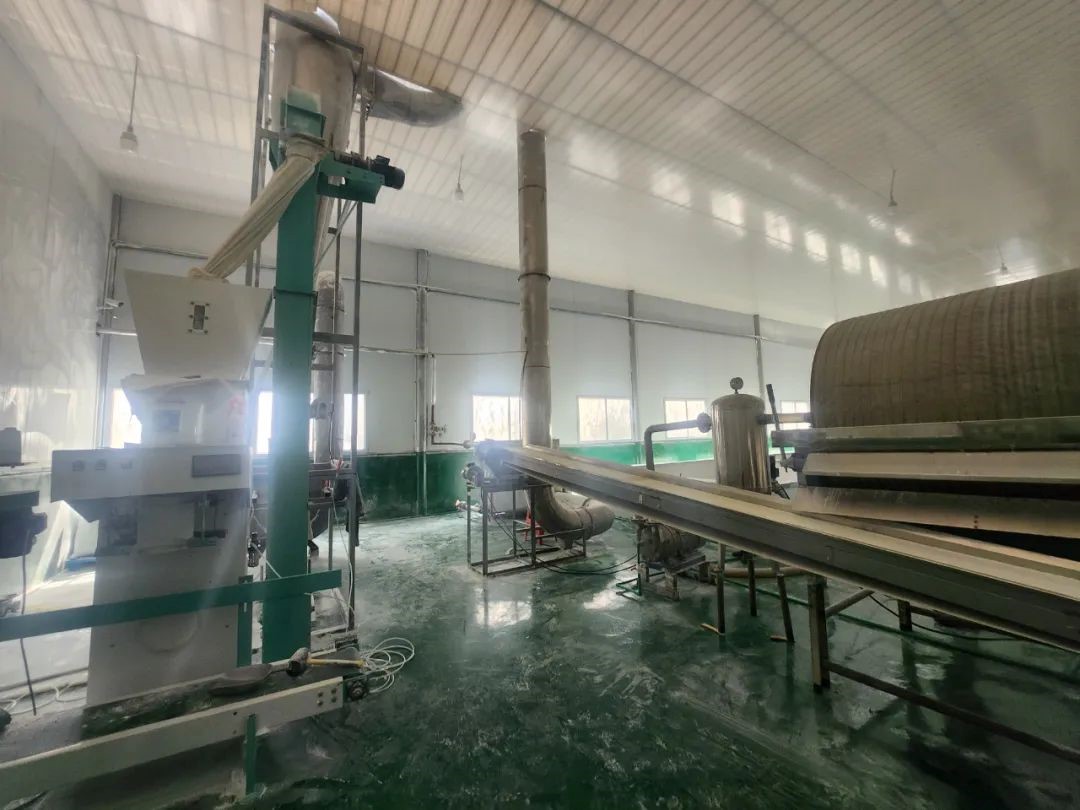
Disadvantages
High initial investment: The price of complete equipment is expensive, requiring a large capital investment, posing a significant pressure for enterprises with insufficient funds.
High site requirements: The equipment is large and requires a large production site for installation and operation, increasing the cost of site rental or construction.
In summary, when choosing sweet potato starch processing equipment, one must comprehensively consider their production scale, financial situation, technical level, and product quality requirements. Only by fully understanding the advantages and disadvantages of various equipment can one make the most suitable decision for their enterprise's development, achieving good economic benefits and market competitiveness in the sweet potato starch processing field.

 EN
EN
 fr
fr  es
es  it
it  pt
pt 
